August 2020
Unknown photographer (French)
Untitled [Early French aviators] (detail)
c. 1913-1914
Positive from glass plate negative
Those daring young men in their war machines
I have always been fascinated with flight, and aeroplanes. When I was seventeen, I tried to enrol in the RAF as a fighter pilot, hence my own interest in the subject artistically over the last 10 years.
These fabulous and rare French large format glass slides were for sale on Ebay many moons ago, illustrated as negative images only. They fetched an enormous sum of money, far beyond the humble means I had at my disposal to purchase them. But I kept the negative jpg images, inverted them into positives, and I have cleaned them up as best I can. Not the best outcome, not the best quality, but better than nothing … and it means that other people can get to see them.
Taken in 1913, or possibly in 1914 the first year of the Great War – there are no guns present on the bomber, but this is not unusual for the early part of the war as can be seen in the photograph of Captain Maurice Happe in his bomber of 1915 below – I have spent a long time researching the make of the bomber and, with the help of the knowledgeable Jacques Crouille (thank you!), ascertaining the period uniforms that the men are wearing. The photographs seem to have been shot in one sitting, for the images contain the same wooden sheds, picket fence, and two bomber aircraft (one with wire wheels, one with solid wheels) of the “pusher” type, possibly a Farman MF.11 Shorthorn bomber. This means that the propellor is at the back of the aircraft pushing the plane along, instead of being placed in the front.
What I find fascinating are the attitudes of the men toward the camera, and the wonderful details present in the images. With their nonchalantly relaxed pose, arm on wing, clad in thick, buttoned flight suits trimmed at leg and neck with real fur to keep them warm up in the beyond, these daring young men stare straight at the camera. Their early leather helmets or “bone domes”, used in motor-racing and adopted by pilots as head protection, rest on the wing beside them. Some wear thick bezelled, large crowned aviation (a term coined in 1863) watches, which in the Great War were to be used to make coordinated attacks possible at a precise moment. As the men pose in front of their aircraft, what is also notable is the fragility of the machine: lashings of wood and canvas, wire wheels, and a huge amount of wire bracing, so much so it seems that the pilots are caught in a spiders web of the stuff as they stand there staring down the camera.
It must be winter, for snow and mud is on the ground, caking their short boots, knee length boots, and the wheels of the bombers. With slicked down hair, sometimes parted in the middle, sometimes paired with a moustache, the men’s waists are cinched with thick belts, their hands sheathed in leather gloves. Or. Clutching their gloves in bare hands. One handsome young man – possibly a mechanic wearing the dark blue uniform of the Chasseurs Alpins, his large beret carrying the yellow (daffodil) hunting horn insignia – is encased in the wonderfully titled “bandes molletières” (or puttees in English terminology), attire more regularly seen on infantry troops, and wears a ring on the fifth finger of his right hand. What is most amusing is the small doll attached to the front of bomber in the first photograph in the posting, like a carved figurehead on the bow of a ship (see above). A good luck charm?
These men would have needed it. Because of their slow speed (106km/h), bombers were particularly susceptible to German fighters (over 160km/h) and ground fire. No parachutes were issued to the crews of Allied “heavier-than-air” aircraft in World War 1, since it was thought that if a pilot had a parachute he would jump from the plane when hit rather than trying to save the aircraft (Wikipedia). The average life expectancy of a British Royal Flying Corp (RFC) pilot was just 18 airborne hours.
Dr Marcus Bunyan
These photographs are used under “fair use” conditions for the purpose of research and education. Please click on the photographs for a larger version of the image.
Unknown photographer (French)
Untitled [Early French aviators]
c. 1913-1914
Positive from glass plate negative
Unknown photographer
Captain Maurice Happe, rear seat, commander of French squadron MF 29, seated in his Farman MF.11 Shorthorn bomber with a Captain Berthaut. The plane bears the insignia of the first unit, a Croix de Guerre
c. 1915
Gelatin silver print
Library of Congress
Italian Army Photographers 1915-1918
World War 1 – Italian Army: Second Battle of the Isonzo – Farman MF.11 Shorthorn light bomber of the Italian air force
between 18 July – 3 August 1915
Gelatin silver print
Italian Army Historic Photogallery
CC By 2.5
Farman MF.11 Shorthorn bomber
The Maurice Farman MF.11 Shorthorn is a French aircraft developed before World War I by the Farman Aviation Works. It was used as a reconnaissance and light bomber during the early part of World War I, later being relegated to training duties. …
A pusher configuration unequal-span biplane like the earlier Farman MF.7, the MF.11 differed in lacking the forward-mounted elevator, the replacement of the biplane horizontal tail surfaces with a single surface with a pair of rudders mounted above it, and the mounting of the nacelle containing crew and engine in the gap between the two wings. The aircraft was also fitted with a machine gun for the observer, whose position was changed from the rear seat to the front in order to give a clear field of fire. …
The MF.11 served in both the British and French air services on the Western Front in the early stages of the war. As a light bomber it flew the first bombing raid of the war when on 21 December 1914 an MF.11 of the Royal Naval Air Service attacked German artillery positions around Ostend, Belgium.
The MF.11 was withdrawn from front-line service on the Western Front in 1915, but continued to be used by the French in Macedonia and the Middle East, while the British also used it in the Dardanelles, and Africa. The Australian Flying Corps (AFC), provided with the MF.11 by the British Indian Army, operated it during the Mesopotamian campaign of 1915-16.
Text from the Wikipedia website
Farman MF 11, photo reconaissance
Unknown photographer (French)
Untitled [Early French aviator]
c. 1913-1914
Positive from glass plate negative
Unknown photographer (French)
Untitled [Early French aviator]
c. 1913-1914
Positive from glass plate negative
Unknown photographer (French)
Untitled [Early French aviator] (details)
c. 1913-1914
Positive from glass plate negative
Unknown photographer (French)
Untitled [Early French aviator] (detail)
c. 1913-1914
Positive from glass plate negative
Unknown photographer (French)
Untitled [Early French aviator] (details)
c. 1913-1914
Positive from glass plate negative
Unknown photographer (French)
Untitled [Early French aviator]
c. 1913-1914
Positive from glass plate negative
The winged badge worn on the vaseure, probably blue, indicates that this man is WW1 French aviation. French pilots wore kepi. This is not the case here. This man wore a beret with a badge, a horn, from the “Chasseurs Alpins”. At least in the beginning, a member of French aviation wore equipment from their first assignment. Here, probably Chasseurs Alpins. He’s not a pilot nor an officer, maybe a mechanic? Chasseurs Alpins were, and still are, elite mountain troops based in The Alps.
Jacques Crouille
Chasseur
Chasseur, a French term for “hunter”, is the designation given to certain regiments of French and Belgian light infantry (chasseurs à pied) or light cavalry (chasseurs à cheval) to denote troops trained for rapid action.
Chasseurs Alpins
The Chasseurs Alpins (English: Alpine Hunters) are the elite mountain infantry of the French Army. They are trained to operate in mountainous terrain and in urban warfare. …
France created its own mountain corps in the late 19th century in order to oppose any Italian invasion through the Alps. In 1859-70 Italy became unified, forming a powerful state. The French army saw this geopolitical change as a potential threat to their Alpine border, especially as the Italian army was already creating troops specialised in mountain warfare (the Alpini). On December 24, 1888, the first troupes de montagne (“mountain troops”) corps were created from 12 of the 31 existing Chasseurs à pied (“Hunters on Foot'”/”Foot Rifles'”) battalions.
Initially these units were named bataillons alpins de chasseurs à pied (“Alpine Battalions of Hunters on Foot”/”Alpine Foot Rifle Battalions”). Later this was shortened to bataillons de chasseurs alpins (“Battalions of Alpine Hunters”). From their establishment the chasseurs Alpins wore a plain and practical uniform designed to be suitable for mountain service. This comprised a loose-fitting dark blue jacket and blue-grey breeches, together with a large beret carrying the yellow (daffodil) hunting horn insignia of the Chasseur branch. They are believed to have been the first regular military unit to have worn this form of headdress.
Text from the Wikipedia website
Unknown photographer (French)
Untitled [Early French aviator] (details)
c. 1913-1914
Positive from glass plate negative
Bandes molletières
The bottom photograph shows his “bandes molletières” (literally “bandages”, in English leggings or more usually puttees).
Bandes molletières is a ribbon of cloth that encloses the calves from the ankle to the knee, and which was worn by the military. It protects the leg and replaces high boots, avoiding the entry of dirt or mud when crawling, without aggravating the shortage of leather, the main raw material necessary for the manufacture of boots.
They are fast to set up (30 seconds for cross-mounting with a little training) and, when properly adjusted, their compression effect allows men to withstand long periods of standing. Nevertheless, they become sodden with water in wet ground and when it rains.
Puttees
Puttee, also spelled puttie, is the name, adapted from the Hindi paṭṭī, bandage (Skt. paṭṭa, strip of cloth), for a covering for the lower part of the leg from the ankle to the knee, alternatively known as: legwraps, leg bindings, winingas, or wickelbander. They consist of a long narrow piece of cloth wound tightly, and spirally round the leg, and serving to provide both support and protection. They were worn by both mounted and dismounted soldiers, generally taking the place of the leather or cloth gaiter.
Text from the Wikipedia website
Unknown photographer (French)
Untitled [Early French aviator] (details)
c. 1913-1914
Positive from glass plate negative
Unknown photographer (French)
Untitled [Early French aviator]
c. 1913-1914
Positive from glass plate negative
The winged badge worn on the vaseure, probably sand colour, says that this man is WW1 French aviation. He may be an observer / gunner as he is wearing a kepi, but not a good one. He has no wings on the collar, so he’s not an officer. The gloves and the watch may indicate he is member of the flight crew. Observer? Gunner? It’s hard to be precise as the French air force was at its beginning and uniforms came from different army corps. Aviation at that time was part of the Land Force.
Jacques Crouille
Kepi
The kepi is a cap with a flat circular top and a peak, or visor. Etymologically, the term is a loanword of the French képi, itself a re-spelled version of the Alemannic Käppi: a diminutive form of Kappe, meaning “cap”. In Europe, this headgear is most commonly associated with French military and police uniforms, though versions of it were widely worn by other armies during the late 19th and early 20th centuries.
Unknown photographer (French)
Untitled [Early French aviator] (details)
c. 1913-1914
Positive from glass plate negative
Kepi, French Air Service, Kiffin Rockwell, Lafayette Escadrille
This kepi is an example of the type worn by Foreign Legion in the French Army during the First World War. This kepi was worn by Kiffin Rockwell in the French Air Service. It was not unusual for individuals that transferred to the air service to continue to use the uniform of their original service branch.
Kiffin Rockwell flew with the Lafayette Escadrille during World War I. Kiffin and his brother Paul went to France in August 1914 and joined the French Foreign Legion. Kiffin entered combat in the winter of 1915 and was severely wounded at Neuville-Saint-Vaast later that May. Following a lengthy convalescence, Kiffin obtained a transfer to the French Air Service and was one of the original members of the Escadrille Lafayette, a squadron of American pilots flying for France. Rockwell shot down his first of four German aircraft on May 18, 1916, in Alsace. On September 23, 1916, he was shot down over Verdun and buried at Luxiul. For his services to France, Rockwell was awarded the Medaille Miliataire and the Croix de Guerre with two palms.
Text and image from the National Air and Space Museum website [Online] Cited 12/03/2019. No longer available online
Unknown photographer (French)
Untitled [Early French aviator] (details)
c. 1913-1914
Positive from glass plate negative
Unknown photographer (French)
Untitled [Early French aviator]
c. 1913-1914
Positive from glass plate negative
Unknown photographer (French?)
Untitled [Early French aviator]
c. 1913-1914
Positive from glass plate negative
Unknown photographer (French)
Untitled [Early French aviator] (detail)
c. 1913-1914
Positive from glass plate negative
German pilot helmet of World War I
Dated to 1910s
Hat size 57
Made of Leather, wool, cotton/linen and metal
Height: 150 mm (5.9 in); Width: 210 mm (8.2 in); Depth: 225 mm (8.8 in)
Hamburg Museum
CC3.0
Unknown photographer (French)
Untitled [Early French aviator]
c. 1913-1914
Positive from glass plate negative
Unknown photographer (French)
Untitled [Early French aviator] (details)
c. 1913-1914
Positive from glass plate negative
Unknown photographer (French)
Untitled [Early French aviator] (details)
c. 1913-1914
Positive from glass plate negative
Unknown photographer (French)
Untitled [Early French aviator]
c. 1913-1914
Positive from glass plate negative
Unknown photographer (French)
Untitled [Early French aviator] (details)
c. 1913-1914
Positive from glass plate negative
Unknown photographer (French)
Untitled [Early French aviator]
c. 1913-1914
Positive from glass plate negative
Unknown photographer (French)
Untitled [Early French aviator] (details)
c. 1913-1914
Positive from glass plate negative

![Unknown photographer. 'Untitled [Early French aviators]' c. 1913-1914 (detail) Unknown photographer. 'Untitled [Early French aviators]' c. 1913-1914 (detail)](https://artblart.com/wp-content/uploads/2019/02/airman-ak-web.jpg?w=840)
![Unknown photographer. 'Untitled [Early French aviators]' c. 1913-1914 Unknown photographer. 'Untitled [Early French aviators]' c. 1913-1914](https://artblart.com/wp-content/uploads/2019/02/airman-aj-web.jpg?w=650&h=735)


![Unknown photographer. 'Untitled [Early French aviator]' c. 1913-1914 Unknown photographer. 'Untitled [Early French aviator]' c. 1913-1914](https://artblart.com/wp-content/uploads/2019/02/airman-a-web.jpg?w=650&h=728)
![Unknown photographer. 'Untitled [Early French aviator]' c. 1913-1914 Unknown photographer. 'Untitled [Early French aviator]' c. 1913-1914](https://artblart.com/wp-content/uploads/2019/02/airman-aa-web.jpg?w=840)
![Unknown photographer. 'Untitled [Early French aviator]' c. 1913-1914 Unknown photographer. 'Untitled [Early French aviator]' c. 1913-1914](https://artblart.com/wp-content/uploads/2019/02/airman-ab-web.jpg?w=840)
![Unknown photographer. 'Untitled [Early French aviator]' c. 1913-1914 Unknown photographer. 'Untitled [Early French aviator]' c. 1913-1914](https://artblart.com/wp-content/uploads/2019/02/airman-ac-web.jpg?w=840)
![Unknown photographer. 'Untitled [Early French aviator]' c. 1913-1914 Unknown photographer. 'Untitled [Early French aviator]' c. 1913-1914](https://artblart.com/wp-content/uploads/2019/02/airman-ad-web.jpg?w=650&h=891)
![Unknown photographer. 'Untitled [Early French aviator]' c. 1913-1914 Unknown photographer. 'Untitled [Early French aviator]' c. 1913-1914](https://artblart.com/wp-content/uploads/2019/02/airman-ae-web.jpg?w=840)
![Unknown photographer. 'Untitled [Early French aviator]' c. 1913-1914 Unknown photographer. 'Untitled [Early French aviator]' c. 1913-1914](https://artblart.com/wp-content/uploads/2019/02/airman-af-web.jpg?w=840)
![Unknown photographer. 'Untitled [Early French aviator]' c. 1913-1914 Unknown photographer. 'Untitled [Early French aviator]' c. 1913-1914](https://artblart.com/wp-content/uploads/2019/02/airman-ag-web.jpg?w=650&h=736)
![Unknown photographer. 'Untitled [Early French aviator]' c. 1913-1914 Unknown photographer. 'Untitled [Early French aviator]' c. 1913-1914](https://artblart.com/wp-content/uploads/2019/02/airman-ah-web.jpg?w=840)
![Unknown photographer. 'Untitled [Early French aviator]' c. 1913-1914 Unknown photographer. 'Untitled [Early French aviator]' c. 1913-1914](https://artblart.com/wp-content/uploads/2019/02/airman-ai-web-1.jpg?w=840)
![Unknown photographer. 'Untitled [Early French aviator]' c. 1913-1914 Unknown photographer. 'Untitled [Early French aviator]' c. 1913-1914](https://artblart.com/wp-content/uploads/2019/02/airman-b-web.jpg?w=840)
![Unknown photographer. 'Untitled [Early French aviator]' c. 1913-1914 Unknown photographer. 'Untitled [Early French aviator]' c. 1913-1914](https://artblart.com/wp-content/uploads/2019/02/airman-c-web.jpg?w=840)
![Unknown photographer. 'Untitled [Early French aviator]' c. 1913-1914 Unknown photographer. 'Untitled [Early French aviator]' c. 1913-1914](https://artblart.com/wp-content/uploads/2019/02/airman-d-web.jpg?w=650&h=630)
![Unknown photographer. 'Untitled [Early French aviator]' c. 1913-14 Unknown photographer. 'Untitled [Early French aviator]' c. 1913-1914](https://artblart.com/wp-content/uploads/2019/02/airman-e-web.jpg?w=840)
![Unknown photographer. 'Untitled [Early French aviator]' c. 1913-1914 Unknown photographer. 'Untitled [Early French aviator]' c. 1913-1914](https://artblart.com/wp-content/uploads/2019/02/airman-f-web.jpg?w=840)

![Unknown photographer. 'Untitled [Early French aviator]' c. 1913-1914 Unknown photographer. 'Untitled [Early French aviator]' c. 1913-1914](https://artblart.com/wp-content/uploads/2019/02/airman-h-web.jpg?w=840)
![Unknown photographer. 'Untitled [Early French aviator]' c. 1913-1914 Unknown photographer. 'Untitled [Early French aviator]' c. 1913-1914](https://artblart.com/wp-content/uploads/2019/02/airman-i-web.jpg?w=840)
![Unknown photographer. 'Untitled [Early French aviator]' c. 1913-1914 Unknown photographer. 'Untitled [Early French aviator]' c. 1913-1914](https://artblart.com/wp-content/uploads/2019/02/airman-j-web.jpg?w=840)
![Unknown photographer. 'Untitled [Early French aviator]' c. 1913-14 Unknown photographer. 'Untitled [Early French aviator]' c. 1913-14](https://artblart.com/wp-content/uploads/2019/02/airman-k-web.jpg?w=840)
![Unknown photographer. 'Untitled [Early French aviator]' c. 1913-1914 Unknown photographer. 'Untitled [Early French aviator]' c. 1913-1914](https://artblart.com/wp-content/uploads/2019/02/airman-m-web.jpg?w=840)

![Unknown photographer. 'Untitled [Early French aviator]' c. 1913-1914 Unknown photographer. 'Untitled [Early French aviator]' c. 1913-1914](https://artblart.com/wp-content/uploads/2019/02/airman-n-web.jpg?w=840)
![Unknown photographer. 'Untitled [Early French aviator]' c. 1913-1914 Unknown photographer. 'Untitled [Early French aviator]' c. 1913-1914](https://artblart.com/wp-content/uploads/2019/02/airman-o-web.jpg?w=840)
![Unknown photographer. 'Untitled [Early French aviator]' c. 1913-1914 Unknown photographer. 'Untitled [Early French aviator]' c. 1913-1914](https://artblart.com/wp-content/uploads/2019/02/airman-p-web-1.jpg?w=840)
![Unknown photographer. 'Untitled [Early French aviator]' c. 1913-1914 Unknown photographer. 'Untitled [Early French aviator]' c. 1913-1914](https://artblart.com/wp-content/uploads/2019/02/airman-r-web.jpg?w=840)
![Unknown photographer. 'Untitled [Early French aviator]' c. 1913-1914 Unknown photographer. 'Untitled [Early French aviator]' c. 1913-1914](https://artblart.com/wp-content/uploads/2019/02/airman-s-web.jpg?w=840)
![Unknown photographer. 'Untitled [Early French aviator]' c. 1913-1914 Unknown photographer. 'Untitled [Early French aviator]' c. 1913-1914](https://artblart.com/wp-content/uploads/2019/02/airman-t-web.jpg?w=840)
![Unknown photographer. 'Untitled [Early French aviator]' c. 1913-1914 Unknown photographer. 'Untitled [Early French aviator]' c. 1913-1914](https://artblart.com/wp-content/uploads/2019/02/airman-u-web.jpg?w=840)
![Unknown photographer. 'Untitled [Early French aviator]' c. 1913-1914 Unknown photographer. 'Untitled [Early French aviator]' c. 1913-1914](https://artblart.com/wp-content/uploads/2019/02/airman-v-web.jpg?w=840)
![Unknown photographer. 'Untitled [Early French aviator]' c. 1913-1914 Unknown photographer. 'Untitled [Early French aviator]' c. 1913-1914](https://artblart.com/wp-content/uploads/2019/02/airman-w-web.jpg?w=840)
![Unknown photographer. 'Untitled [Early French aviator]' c. 1913-1914 Unknown photographer. 'Untitled [Early French aviator]' c. 1913-1914](https://artblart.com/wp-content/uploads/2019/02/airman-x-web.jpg?w=840)
![Unknown photographer. 'Untitled [Early French aviator]' c. 1913-1914 Unknown photographer. 'Untitled [Early French aviator]' c. 1913-1914](https://artblart.com/wp-content/uploads/2019/02/airman-y-web.jpg?w=840)



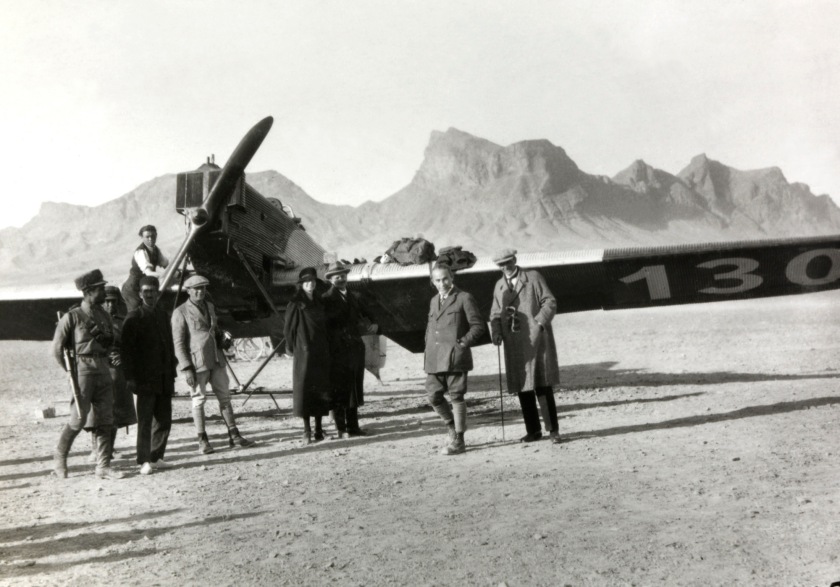
![Walter Mittelholzer (Swiss, 1894-1937) 'Wilde Schlussszene des Opfertanzes [Wild final scene of the sacrificial dance]' 1926-1927 Walter Mittelholzer (Swiss, 1894-1937) 'Wilde Schlussszene des Opfertanzes [Wild final scene of the sacrificial dance]' 1926-1927](https://artblart.com/wp-content/uploads/2017/11/lbs_mh02-03-0084-a-web.jpg?w=840)

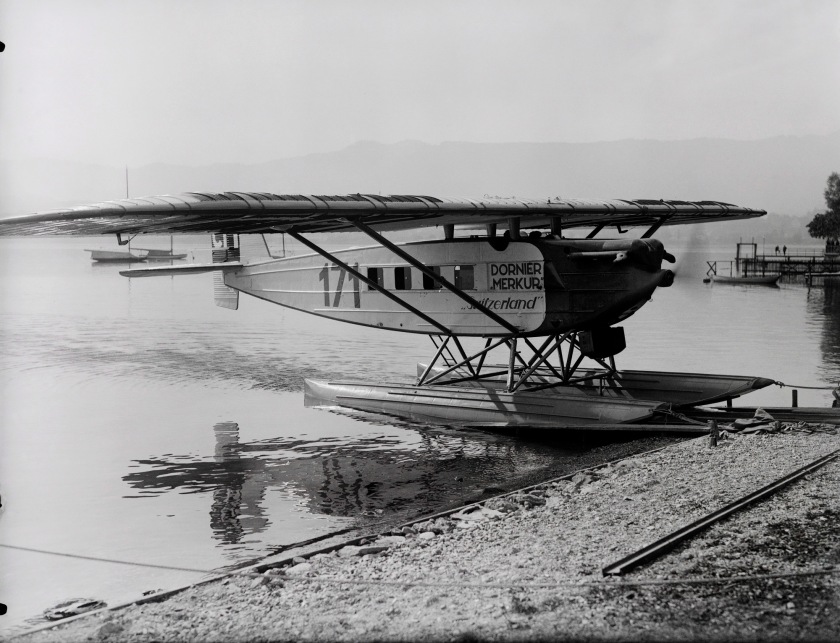
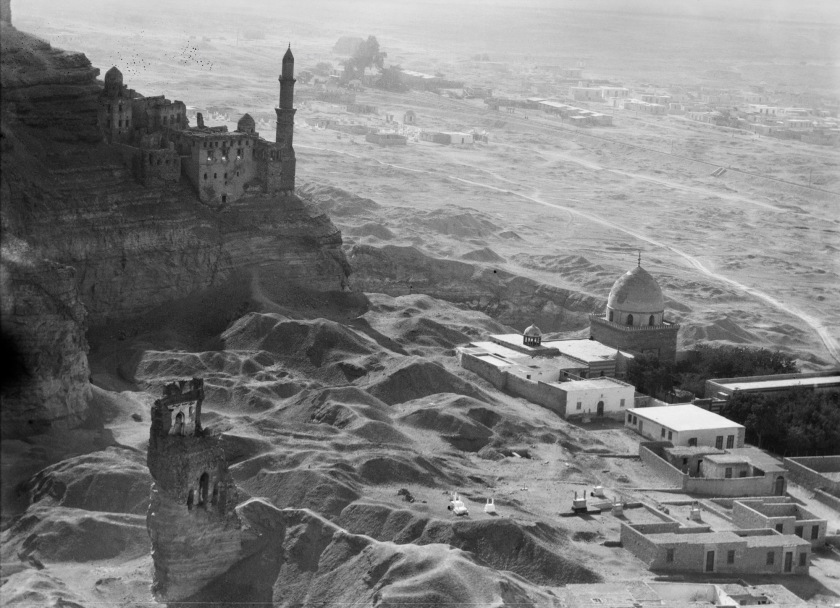
![Walter Mittelholzer (Swiss, 1894-1937) 'Fremdenverkehr vor der Sphinx [Tourism in front of the Sphinx]' 1929 Walter Mittelholzer (Swiss, 1894-1937) 'Fremdenverkehr vor der Sphinx [Tourism in front of the Sphinx]' 1929](https://artblart.com/wp-content/uploads/2017/11/lbs_mh02-07-0161-web.jpg?w=840)
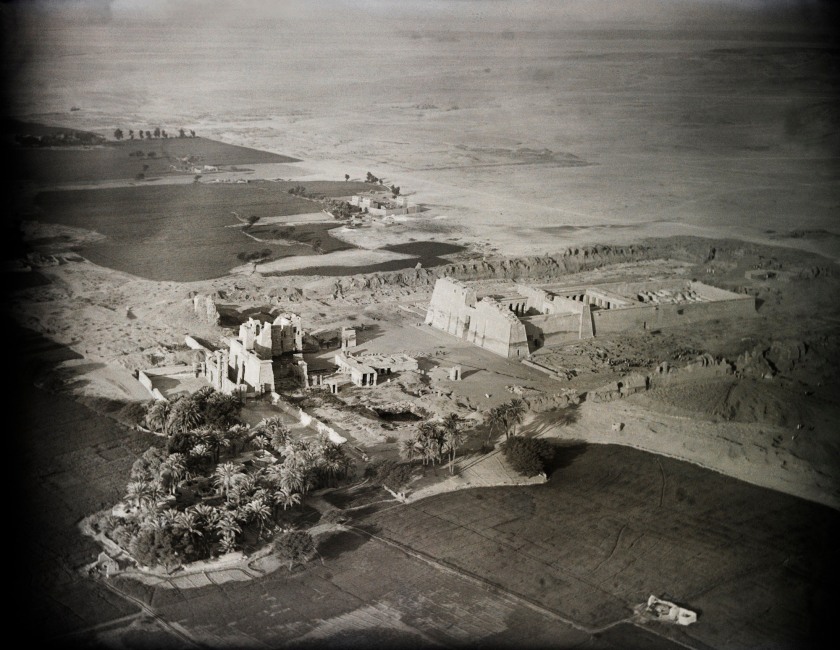
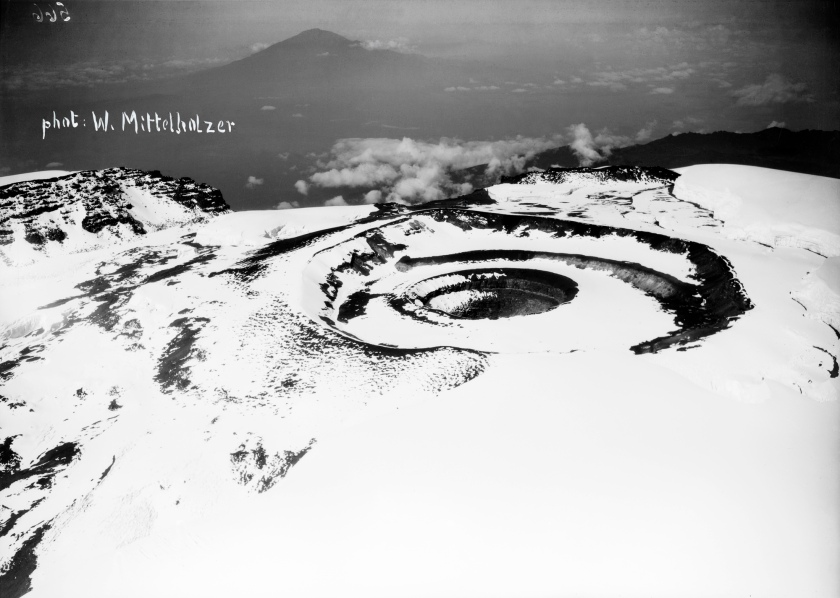
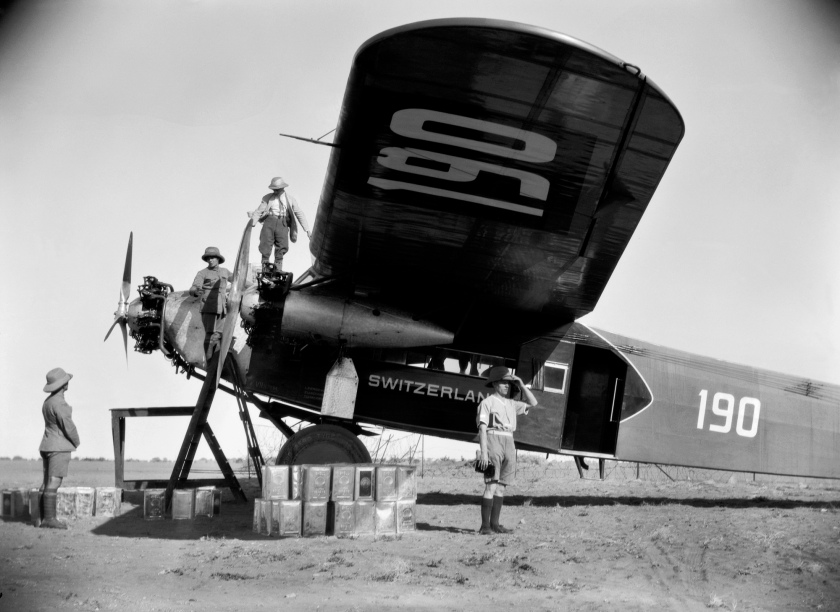

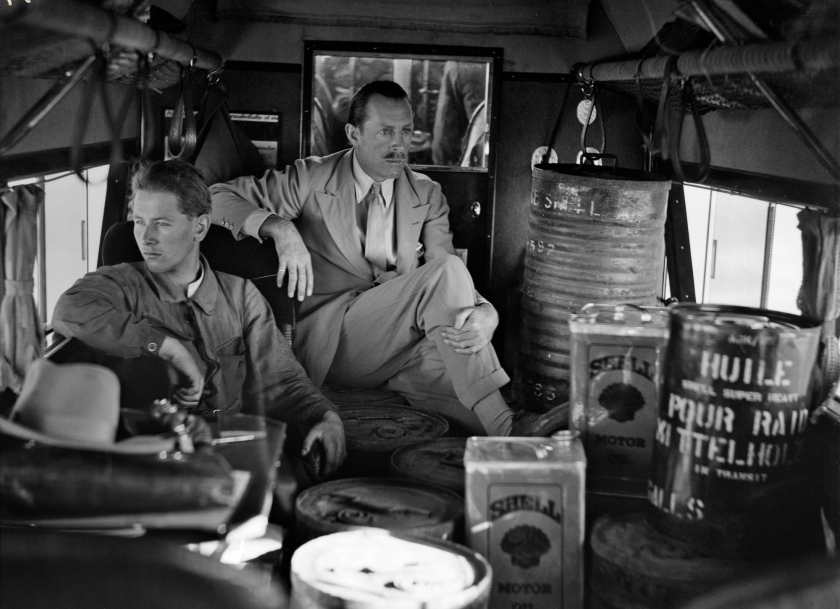
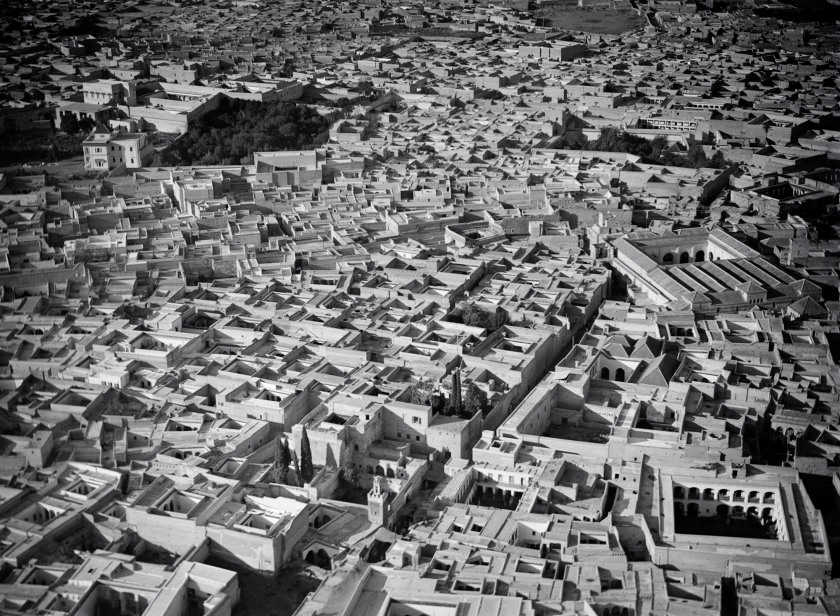
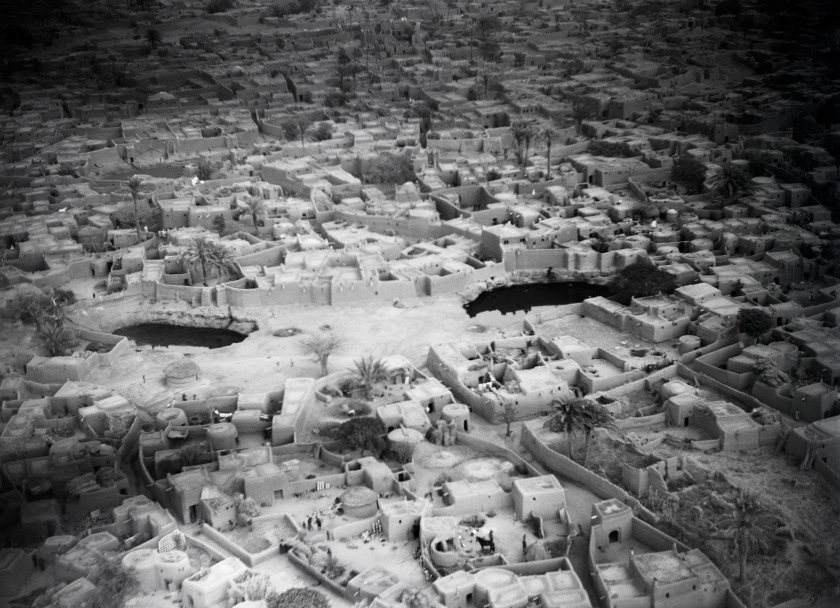
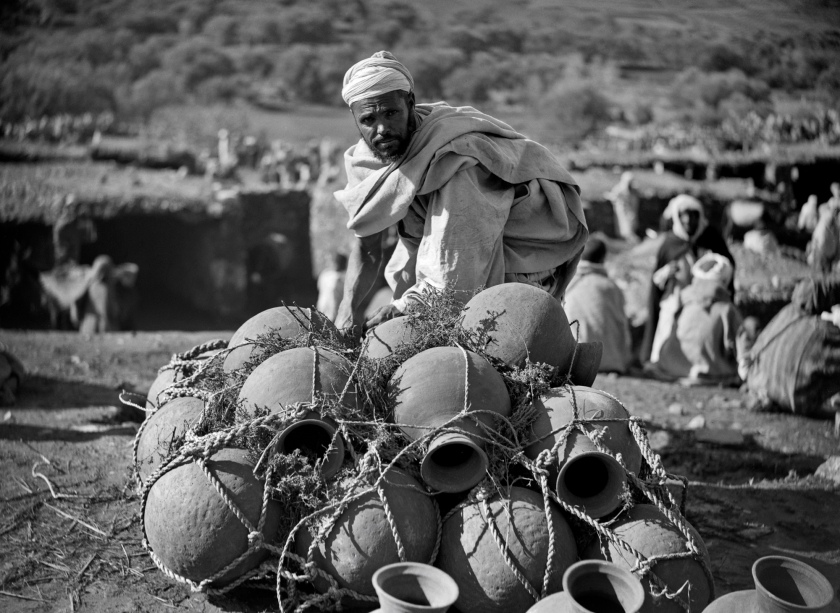


![Walter Mittelholzer (Swiss, 1894-1937) 'Itu-Mann vom Südosten Abessiniens [Itu man from southeastern Abyssinia]' c. 1934 Walter Mittelholzer (Swiss, 1894-1937) 'Itu-Mann vom Südosten Abessiniens [Itu man from southeastern Abyssinia]' c. 1934](https://artblart.com/wp-content/uploads/2017/11/lbs_mh02-22-0756-web.jpg?w=650&h=685)
![Walter Mittelholzer (Swiss, 1894-1937) 'Dankali-Mädchen [Dankali girl]' c. 1934 Walter Mittelholzer (Swiss, 1894-1937) 'Dankali-Mädchen [Dankali girl]' c. 1934](https://artblart.com/wp-content/uploads/2017/11/lbs_mh02-22-0775-web.jpg?w=650&h=687)
![Walter Mittelholzer (Swiss, 1894-1937) 'Flugplatz in Addis Abeba [Airfield in Addis Ababa]' c. 1934 Walter Mittelholzer (Swiss, 1894-1937) 'Flugplatz in Addis Abeba [Airfield in Addis Ababa]' c. 1934](https://artblart.com/wp-content/uploads/2017/11/lbs_mh02-22-0778-web.jpg?w=650&h=689)


You must be logged in to post a comment.